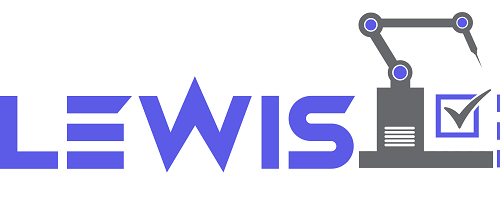Ask Lewis Bass: A Question About SEMI S2 Compliance
Welcome to another blog in our ongoing series, Ask Lewis Bass!
This series features actual submitted questions from companies in the industries we provide engineering safety consulting services to.
Topics covered include those associated with our work in 3rd party field labeling, SEMI S2/S8/EMC/F47 testing and design, CE Marking evaluations, and general engineering safety consulting questions. We can even help assist you with your local AHJ and their requirements for evaluating unlisted equipment in your city.
Question:
Hi Lewis Bass, I have a client on the east coast who has purchased a wet station recently. This Wet Station will have a standard rinse sink, a QDR, a heated quartz bath, and an ultrasonic. This will be a de-ionized (DI) water only system. However there will be small amounts of Solvents and IPAs for testing. These will be contained in a beaker and there will be no Solvent facilities. The beakers may be heated in the baths but only up to 80 degrees C.
Pertaining to SEMI standards, will this need Fire Suppression? Would a DI Sprinkler head be considered enough?
Asked by Leon in South San Francisco, CA
Lewis Bass:
Thanks for the question, Leon.
There are no real requirements on how to build a system per SEMI S2/S8 guidelines.
SEMI refers to NFPA 12,13,and 2001 when being designed (14.5.2.3). Then when conducting an S2 evaluation it is checked against Section 14. Regarding your question about if a DI sprinkler is installed, will it be enough, well, SEMI says to conduct a risk assessment (S10 and an S14 by a qualified third party(14.2.1). I would recommend that a SEMI S2 evaluation be performed on the machine to address these concerns and qualify the machine to all applicable SEMI standards.
Here is some additional information from the SEMI Standards covering the above for your review:
14.2.1 A documented risk assessment (S10 or equivalent) should be performed or accepted by a party qualified to determine and evaluate fire hazards and the potential need for controls. The risk assessment should consider normal operations and reasonably foreseeable single-point failures within the equipment. It should not consider exposure to fire or external ignition sources not within the specified use environment.
14.5.2.3 The fire suppression agent and delivery system should be designed and installed in accordance with the appropriate international or national standard (e.g., NFPA 12, NFPA 13, NFPA 2001). It may be preferable for the equipment supplier to specify the location and performance of suppression system components, but not provide them, so that the user may better integrate the suppression in the equipment with that in the facility. This alternative should be negotiated explicitly with the user.
14.2.3 SEMI S14 should be used to assess and report risks to property and the environment.
Do you have a question for Lewis Bass?
If you have a question you would like to ask our engineering team about, and don’t mind it being featured in one of our upcoming blog posts, please contact us and reference “Ask Lewis Bass” in the message body.
Include any helpful context along with the question you’d like us to answer for you. All company contact information except for a first name, is anonymized for privacy reasons.



